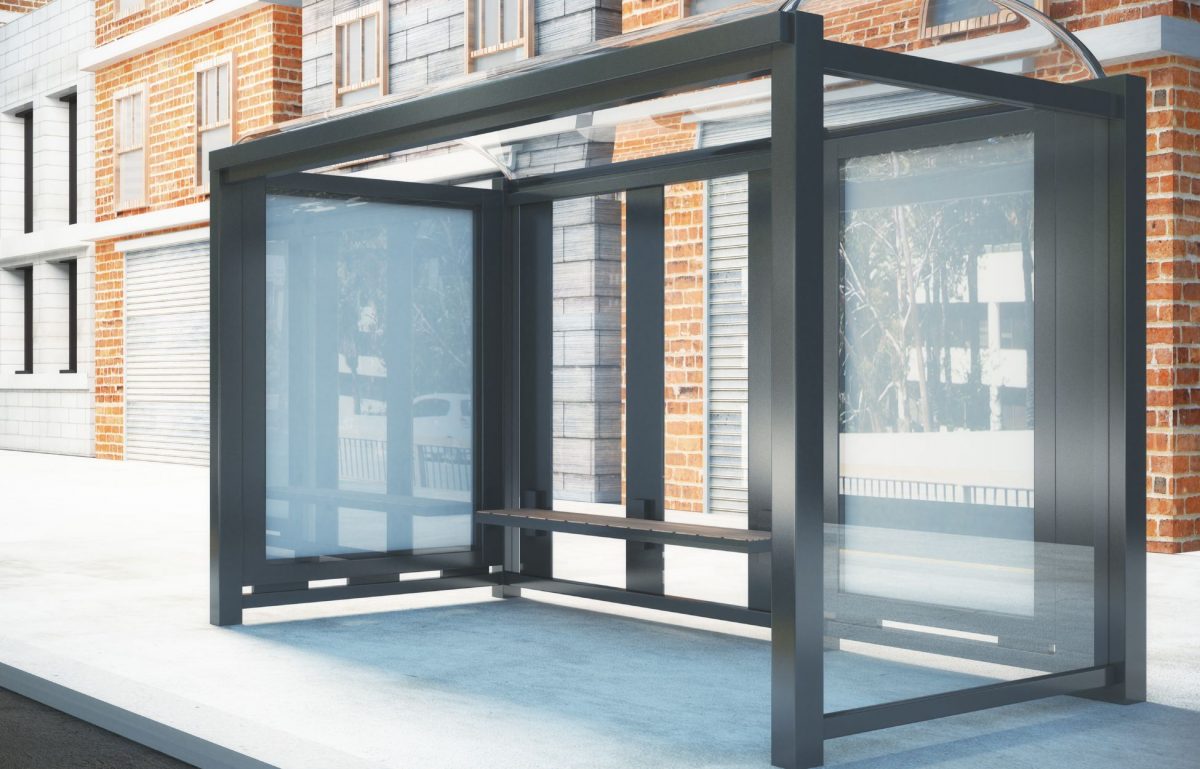Public transportation is a huge component of cities. Buses transport commuters every day! But before people can catch a ride, they must wait at bus shelters. These structures are an essential part of the public transit experience. Understand the importance of bus stop shelters in cities with this insightful guide!
Bus Shelters Offer Protection
The main goal of a bus stop shelter is to provide protection from inclement weather. These shelters give people a designated spot to wait for their rides. Typically, shelters are near busy areas with a lot of foot traffic.
Commuters enjoy the public visibility of these shelters, as they don’t want to wait for rides in closed-off or shady areas. The added protection deters thieves and public crime. Shelters are available for public use 24/7.
They Accommodate Commuters
Besides protection, bus stop shelters accommodate commuters. The Toronto Transit Commission (TCC) serves 5.5 million people in the greater Toronto area. From buses to street cars, people use various transportation services to navigate the city.
Bus shelters enhance the user experience by offering a convenient place to sit between rides. The seats are great for all citizens, including pregnant women, older adults, and people with disabilities. Essentially, the shelters make commuters’ lives easier.
They Support City’s Public Transport
Bus stop shelters are important in cities because they support the local public transportation system. Without the convenience of shelters, commuters would choose other transportation methods. For example, Ubers, trains, or taxi cabs are popular alternative choices.
Furthermore, governments decrease funding for public transportation if people don’t utilize the systems currently in place. These shelters encourage commuters to ride buses, thus proving their importance to cities and commuters!
Places To Install Shelters
The most obvious place to install shelters is near bus stops. Cities use signs to designate transit stops, and bus shelters help the areas stand out. Other good shelter locations include areas near retail stores, businesses, public parks, and schools. Government officials can install enclosures wherever they deem fit.
Important Things To Consider
An important aspect of bus shelters is their size. After all, the only way city officials can accommodate commuters is by providing the appropriate amenities. Following a quick guide to bus stop shelter sizing makes it easier to select the right size shelter depending on an area’s foot traffic.
Areas with retail stores, restaurants, and schools experience more traffic than residential locations. That said, government officials must consider the location’s popularity when seeking to build shelters.













